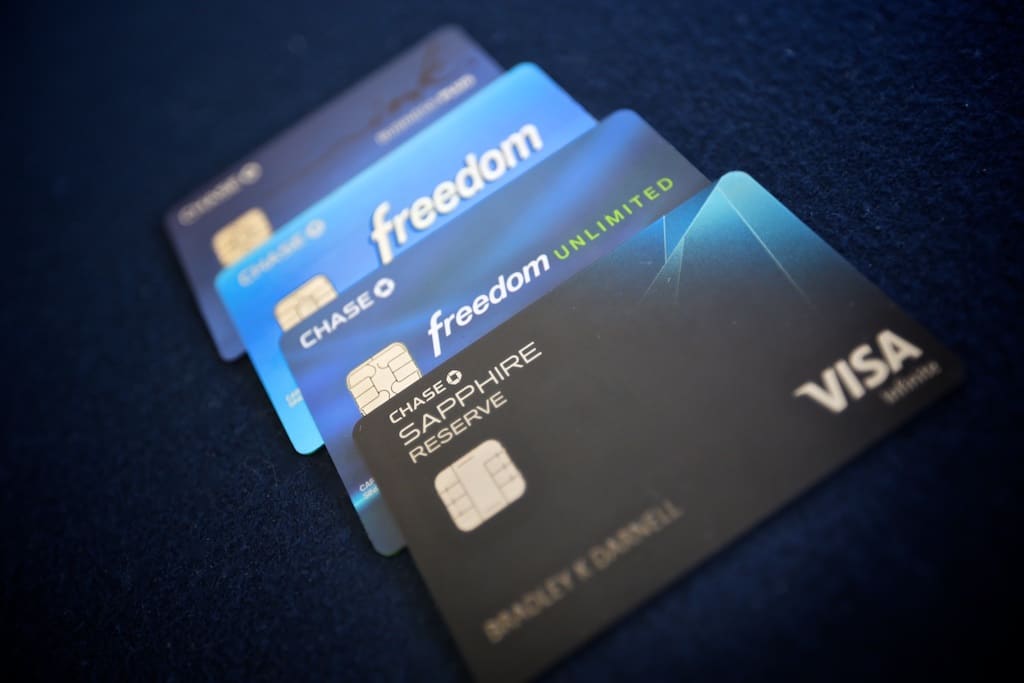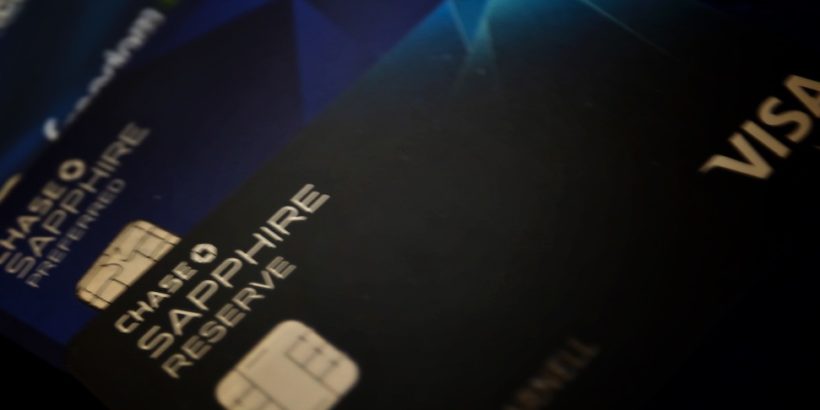The two-year anniversary of the Chase Sapphire Reserve’s launch is coming up and it looks like Chase has been preparing for it for some time.
Chase has now changed the application rules for receiving bonuses for its flagship Sapphire products: the Chase Sapphire Reserve and the Sapphire Preferred and the changes are not going to be welcomed by many.
The previous changes
At the end of August 2017, Chase changed the Sapphire rules so that you could only receive one Sapphire bonus every 24 months.
This meant you could no longer double up on Ultimate Rewards by picking up a card like the Sapphire Preferred and then six months later pick up the Sapphire Reserve.
The language added stated:
This product is available to you if you do not have any Sapphire card and have not received a new cardmember bonus for any Sapphire card in the past 24 months
The new changes
Now, almost exactly a year later from that change, and approaching the two-year anniversary of the Chase Sapphire Reserve’s launch, Chase has now new language which extends this restriction out to 48 months!
The new language states:
This product is available to you if you do not have any Sapphire card and have not received a new cardmember bonus for any Sapphire card in the past 48 months.
This is obviously a huge blow to anybody who had been planning to pick up the Reserve card again, which probably consisted of a lot of people who picked up the card when it was launched.
What makes it even more painful is that many of those people had refrained from opening up new credit cards since the Sapphire cards are subject to the Chase 5/24 rule.
So those people had exercised discipline and restraint for months and months only to have the rug pulled from under them by Chase.
But that’s all part of the game.
This is yet another reason why many people don’t think it’s a sound strategy to try to get under 5/24 — you miss out on a lot of opportunities and you never know what might change by the time you finally get under 5/24.

Why I prefer this rule
I might be in the minority here, but I think I actually am okay with this rule.
For one, I’ve actually never “churned” a Chase card before and have been more focused on maximizing spending on Chase cards than trying to repeat sign-up bonuses.
So this doesn’t affect me much.
But more importantly, I know that Chase was overwhelmed by the response of the Sapphire Reserve and they took on some huge losses that they even stated would take six to seven years to break even on.
By implementing a rule like this they are cutting down on their losses which will hopefully extend the life of the Sapphire Reserve in its current form.
With 3X on dining and travel, a (very broad and easy to use) $300 travel credit, 1.5 cent redemptions through the Chase Travel Portal, Priority Pass, and some very solid travel and purchase protections, this card has never exactly screamed “sustainable.
I still think devaluations to the Reserve’s benefits will eventually come (some have already hit over the past year), but I think that this anti-churning 48 month rule will delay those changes allowing us current Reserve cardholders to maximize our rewards even longer.
So my reasonings are a bit selfish but I think for current Reserve cardmembers, this could be a good thing in the long-run, especially if you heavily utilize all of the benefits offered by the card.
Final word
Overall, this is yet another major restriction Chase has put out on these cards. The timing of the past restriction and this one makes me feel like Chase has a structured plan in place to gradually reduce the effects of churning, likely across all Chase cards.
It’s not surprise but it does mean that you probably don’t want to put off getting the best bonuses for very long because things will always be in flux.
Daniel Gillaspia is the Founder of UponArriving.com and the credit card app, WalletFlo. He is a former attorney turned travel expert covering destinations along with TSA, airline, and hotel policies. Since 2014, his content has been featured in publications such as National Geographic, Smithsonian Magazine, and CNBC. Read my bio.

